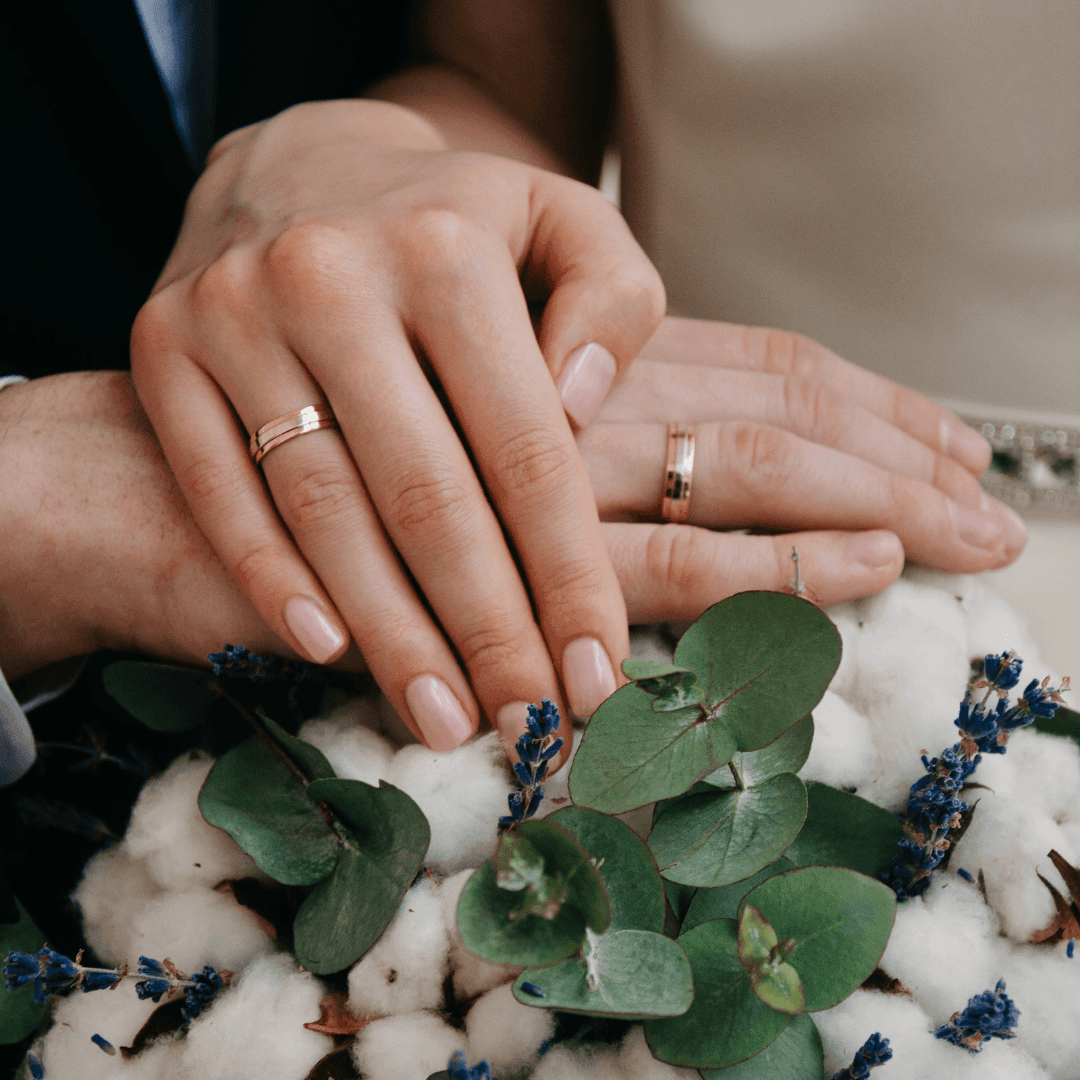1910s, The Edwardian silhouette
In the beginning of the twentieth Century, the bride silhouette assisted to a galloping transition of the more ample skirts from the 1900s to leaner gowns. From 1908 the waist line started rising, conferring the all figure a loose, A line shape. The main accessories were fully decorated hats, bushy bouquets and turtle necks.

1920s, The flapper-style dresses
The roaring 20s saw the rise of a more sophisticated fashion, closely related to women emancipation. The distinctive sign of this era is surely the shorter skirt length. Bridal dresses followed the contemporary fashion rules, showing ankles as a rebellious wave detaching from the previous Century straightness. The gowns were often surmounted by classy strings of pearls at the lady’s neck. Characteristic accessories of these times were headbands, decorated with flowers, feathers and precious stones.

1930s, The simplicity of silk
Hemlines have dropped back to the pre-20s standards, while keeping some funky features like feathers embellishments, pearls and headpieces. The waistline slightly rose up towards the 10s standards as well, while still maintaining the resemblance with the preceding decade’s low waist cuts. The fabric of choice was ruled by simplicity: silk. When unaffordable, this precious textile was replaced with rayon.

1940s, Necklines & curls
Neckline is key in bridal fashion dated 1940s. Either round, v-necklines, square and heart cuts, the upper torso details were the peculiarities of this period. Hemlines were now long enough to cover the shoes. The post-war era saw a tremendous spread of a new trend in hairstyling: an abundance of voluminous, bouncy curls cut in a bob length, just above the shoulders. Sometimes, the curls were built up from the forehead, as a more interesting variation to bangs.

1950s, The surge of the voluminous ball gown
Fullness, in the 50s, is key. The voluminous ball gown was introduced by lady Kennedy at her sumptuous wedding. Necklines embraced heart and boat shapes, and long sleeves were abandoned. For brides to maintain decency into Churches, boleros were commonly used. The fabric of choice was still silk, with its luxurious, satin finish. Wedding gowns, in this period, were often embellished with gloves and pompous veils.

1960s, Slim fit & mini skirt
With the advent of the revolutionary mini skirt, also brides started longing for their glorious emancipation from those heavy, overloaded dresses. The column line was the preferred one, with its peculiar slim fit that left enough space for mobility, especially if compared with ball gowns from the previous decade.

1970s, Sleeves, sleeves, sleeves
Bishop, puffy sleeves, bell sleeves and floral patterns undoubtedly are the distinctive signs of the colourful 70s. Brides would often detach completely from tradition and wear funky jumpsuits. In terms of dresses, the Victorian white was replaced by ivory or cream colour. The high waistline, usually marked by large belts, would lead to loose, A line skirts. It’s the inception of the modern bohemian style!

1980s, The bigger the better
Has anybody said EXTRA? This is definitely the ultimate keyword for wedding dresses in the 80s! Starting from the massive, fluffy shoulders, skirts followed with layers on layers of tulle, organza and voluminous bows. Another trend were also the strong shoulders, borrowed from business suits. Hairstyles? Well, these followed too. Backcombed bangs and curly bobs were a must! Why not adding some accessories? Crystals, glossy pins, multiple layered veils… you name it!

1990s, Back to simplicity
The 80s madness was quietened down by the next decade of more linear wedding dresses. Now, slim is key. The 90s style can even be identified as minimalistic – especially if compared with the 80s extravaganza. The gowns were preferably made of simple sheer materials, like silk or rayon. A pair of sandals and one layer of veil, surmounting the humblest half up-do hairstyles, were enough for brides in the last decade of the 20th century.

2000s to 2020, Personalised weddings
The beginning of the new Century upheld a new trend of fully personalised weddings. From the decorations to the gowns, wedding fashion has evolved into hybrid versions of previous styles. The attempt is to detach from pre settled schemes and make the most of one’s personality. From 2000s, brides have reflected their unique characters mainly on the crucial focus of the whole wedding day: the dress. Among the most iconic, influential figures of this period we must mention Kate Middleton, with her Victorian bustier, the V-line neck, the lace transparencies and the 58 organza covered buttons running along the back. Yet one of the most inspirational sources for many years to come!





Leave a comment
All comments are moderated before being published.
This site is protected by hCaptcha and the hCaptcha Privacy Policy and Terms of Service apply.